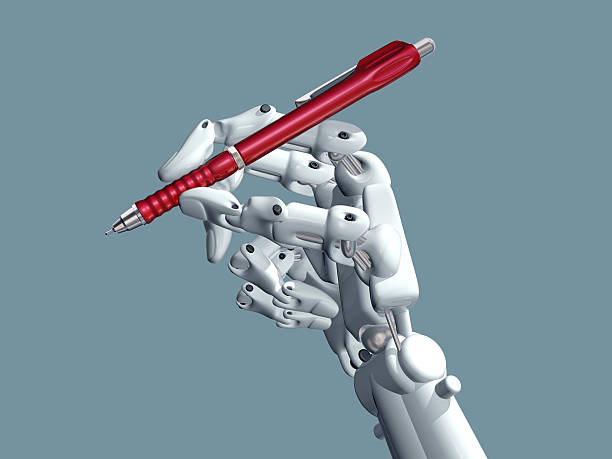Letters of recommendation are an important aspect of the college application process. They play a critical role in helping admission committees get a better understanding of a student’s character, achievements, and potential. As such, it is essential for letters of recommendation to be concise, organized, and packed with evidence of the student’s accomplishments. However, the pressure to write well-written letters often detracts from the process of including the most important details about the student.
The quality of teacher writing is important, but only in communicating specific details about the particular student. Teachers are not required to be creative in their writing. The focus should be on presenting relevant information about the student in a clear and concise manner. Popular teachers often have to write several letters of recommendation, which increases the chance of declining quality due to the sheer volume of letters they are asked to write.
Letters of recommendation can also be particularly challenging for teachers who use English as a second language. Writing in a language that is not one’s first language can lead to grammatical and stylistic errors, which can negatively impact the overall quality of the letter.
This is where AI technology comes in. Letters of recommendation have been moving towards a bullet point format for years. The use of AI, such as ChatGPT, does not detract from this trend. A bullet-pointed list can still be used in conjunction with AI-assisted prose. Teachers will still need to record data points for individual students and offer their opinions, but these can also be presented in bullet points. Students can also contribute to this process by creating their own “brag sheets.”
Teachers are still responsible for proofreading and editing letters, but the workload of writing a well-written letter can be significantly reduced with the use of AI technology. I always recommend that teachers organize their ideas under the following headings: the context in which the teacher knows the student, academic performance, personal/social topics, and the teacher’s knowledge of the student outside the classroom.
We have all experienced some leap in technology and initially felt like it was going to disrupt something that didn’t need to be disturbed. But this is not the case with AI technology in the field of letters of recommendation. Teachers are already overworked and AI technology can actually help to improve the lives of teachers by reducing their workload and empowering those who use English as a second language.
In conclusion, embracing AI technology in the field of letters of recommendation is a low-hanging fruit. We owe it to our school communities to reduce the workload of our teachers and empower those who use English as a second language. Let us not overthink our embrace of this technology but rather, use it to improve the lives of our colleagues and provide a better educational experience for our students.
—————————-
Postscript: To demonstrate my point, I had ChatGPT write this blogpost. I simply requested the following:
Use robust language to write an approximately 1000 word blog post using the following information:
- Letters of recommendation should be concise, organized, and packed with evidence of the student’s achievement within the various contexts in which the teacher knows them.
- The quality of teacher writing is important only in communicating specific details about that particular student.
- Teachers are not required to be creative in their writing.
- The pressure of writing a well-written letter often detracts from the process of including what matters the most: details about the student.
- Popular teachers often have to write several letters of recommendation. the more letters a teacher has to write, the greater the chance of declining quality.
- Letters of recommendation are particularly difficult for teachers who use English as a second language.
- Letters of recommendation have been moving toward a bullet point format for years. I don’t think that the use of ChatGPT detracts from this. A bullet pointed list can still be used in conjunction with AI-assisted prose.
- Teachers will still need to record data points for individual students. They are also encouraged to offer their opinions as well, also in bullet points. Students can also contribute to this via their “brag sheets.”
- Teachers still need to proofread and edit the letters.
- I have always recommended that teachers organize their ideas under the following headings: the context in which the teacher knows the student, academic performance, personal/social topics, and the teacher’s knowledge of the student outside the classroom.
- We have all experienced some leap in technology and initially felt like it was going to disrupt something that didn’t need to be disturbed. This is not that. Teachers are already overworked, and, frankly, AI can probably write better letters than most teachers. When told, ChatGPT will keep letters concise and focused.
- We owe it to our school communities to empower teachers using English as a second language and to reduce the overall workload of our teachers.
As you can tell, it’s not perfect. It blatantly ignored my wordcount request. It also utilized fairly plain language and structure. However, I don’t think this is a bad thing. A teacher who wants to employ more ornate language could very easily start with this letter and add to it. It begins with the basics and (thankfully) avoids the melodramatic hyperbole that often tanks good intentions.
Overall, I’d give it a B for a native English speaker. An A for someone using English as a second language.
